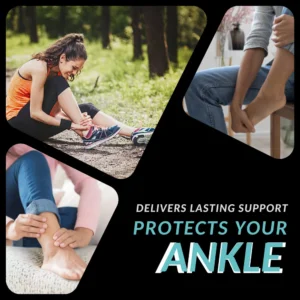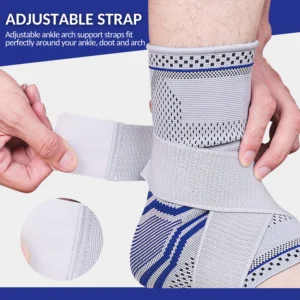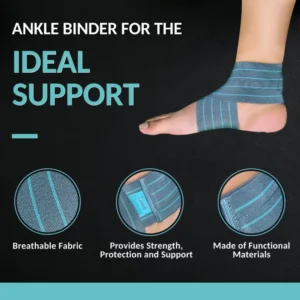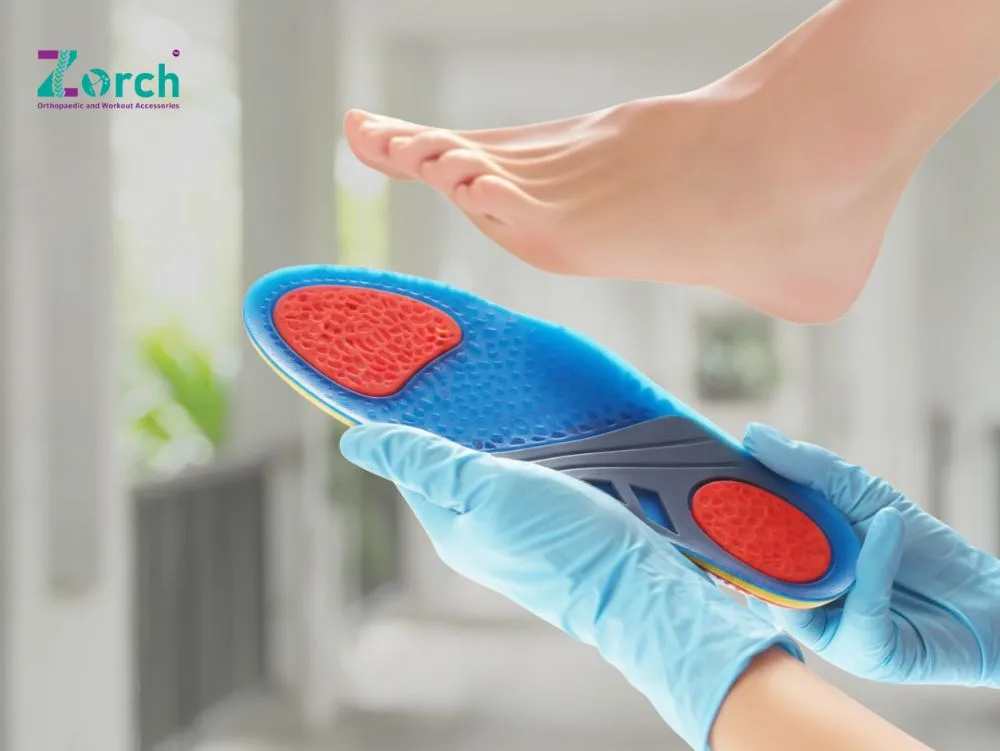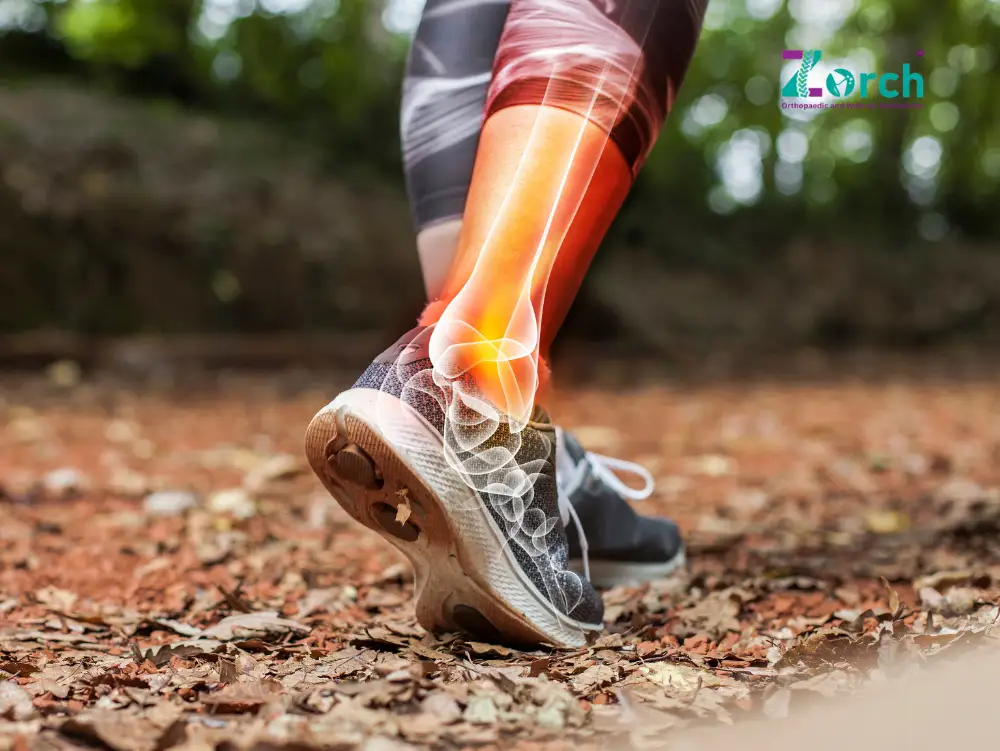Currently Empty: ₹0.00
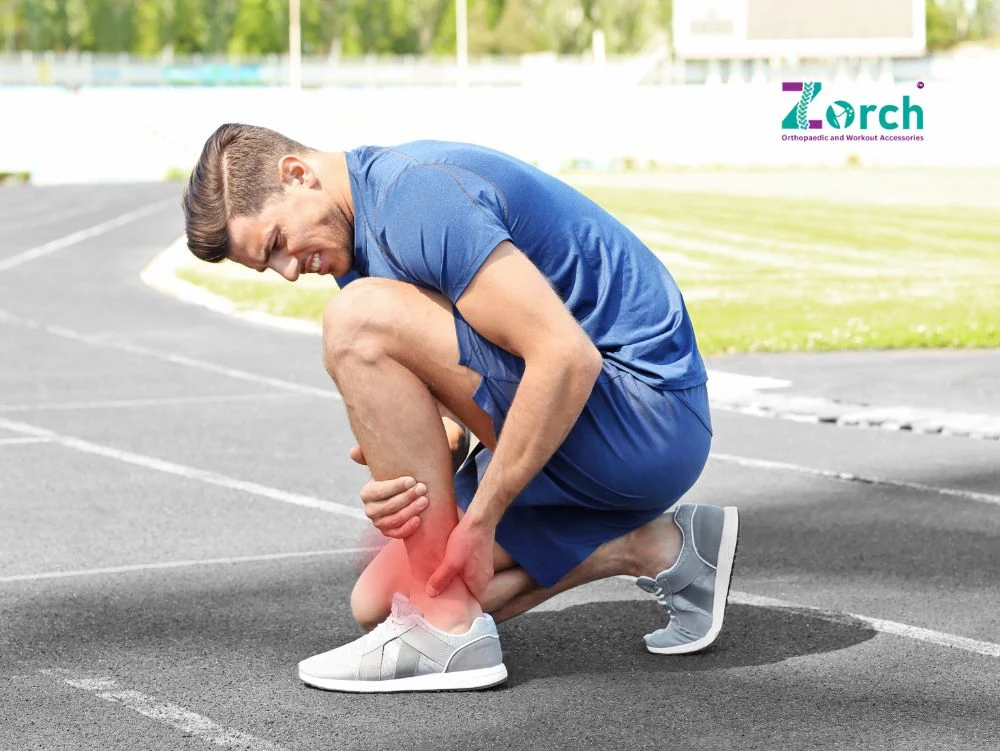
Ankle Pain Exercises to Reduce Pain and Swelling
If you’ve ever felt that sharp twinge in your ankle while walking, running, or even standing, you’re not alone. Millions of people deal with ankle pain daily, and it doesn’t just stop them from enjoying sports—it can affect everyday life. Luckily, the right ankle pain exercises can restore strength, flexibility, and stability, while the right ankle swelling treatment can ease inflammation and prevent long-term damage.
Whether you’re looking for ankle binders, braces, or compression sleeves, combining these with effective exercises can make recovery faster and smoother. Let’s dive into the top moves that can help.
8 Simple Ankle Pain Exercises You Can Try at Home
1. Gentle Ankle Circles – Improve Mobility and Reduce Stiffness
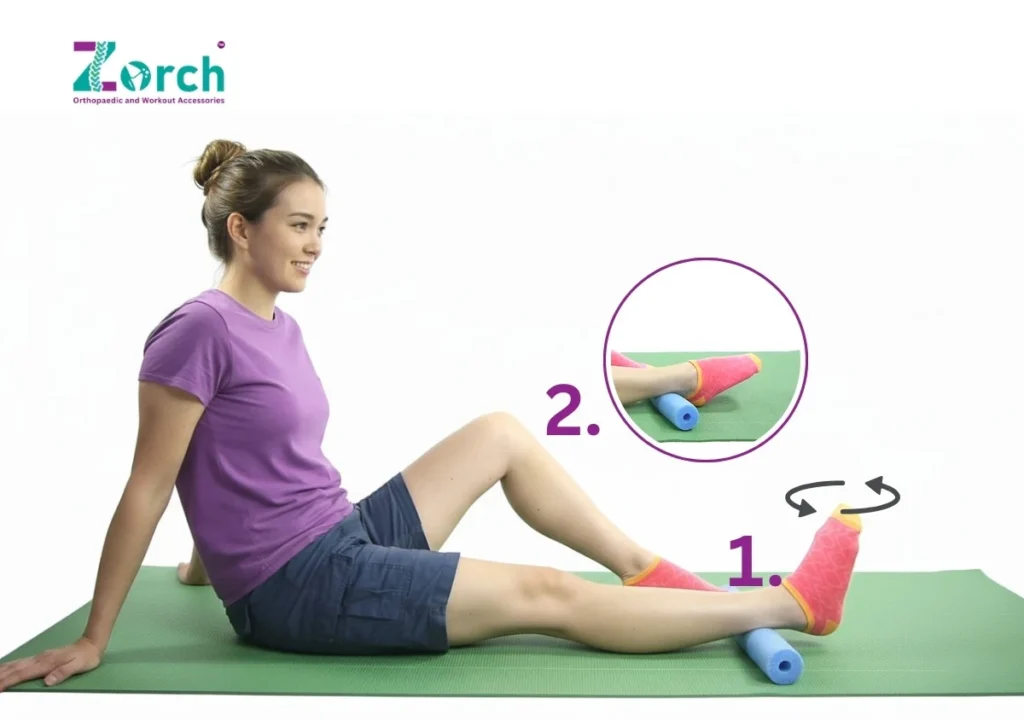
Ankle circles are the easiest yet most effective exercise to loosen stiff joints. Sit comfortably, extend one leg, and rotate your ankle clockwise and counterclockwise. This helps lubricate the joint, improves blood flow, and reduces the stiffness caused by sitting too long or recovering from an injury.
Best for: Early-stage recovery and daily mobility maintenance.
2. Heel Raises – Strengthening the Calf and Ankle Muscles
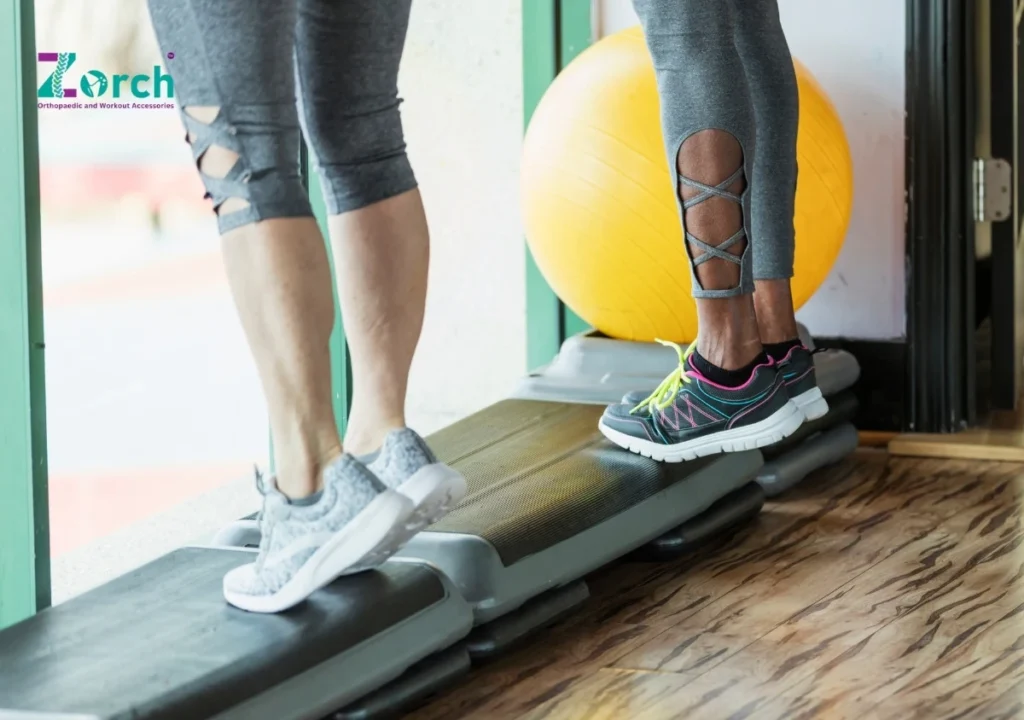
Standing heel raises build strength in your calves and stabilize your ankles. Stand on a flat surface, slowly rise onto your toes, and lower back down. Do 10–15 repetitions.
This not only supports the ankle but also reduces the chances of future injuries. Adding balance aids like a chair makes it beginner-friendly.
3. Towel Stretch – Enhancing Flexibility in Tight Ankles
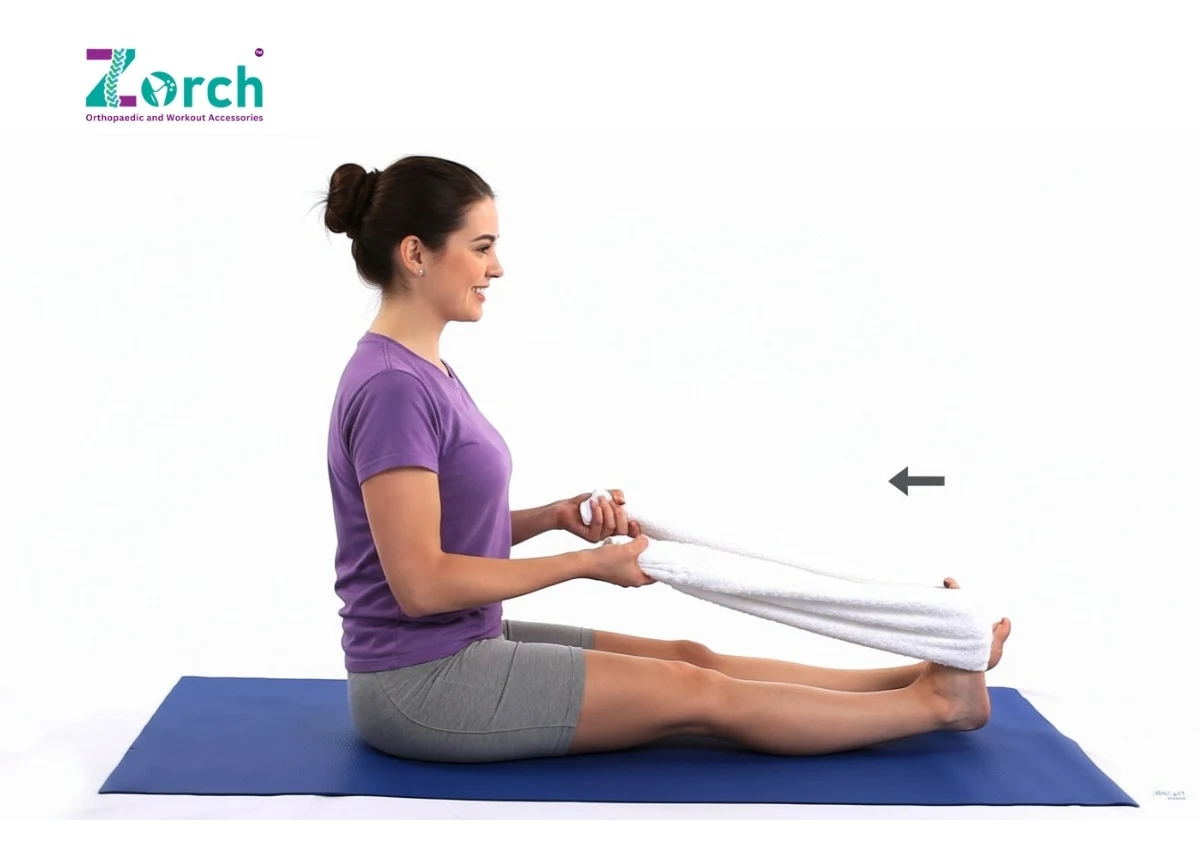
If your ankle feels tight after a long day, the towel stretch works wonders. Sit with your leg extended, loop a towel around your foot, and gently pull it toward you. Hold for 20–30 seconds.
This stretch reduces tension, increases flexibility, and prevents overcompensation that could cause knee or hip pain.
4. Alphabet Exercise – Fun Way to Regain Full Range of Motion
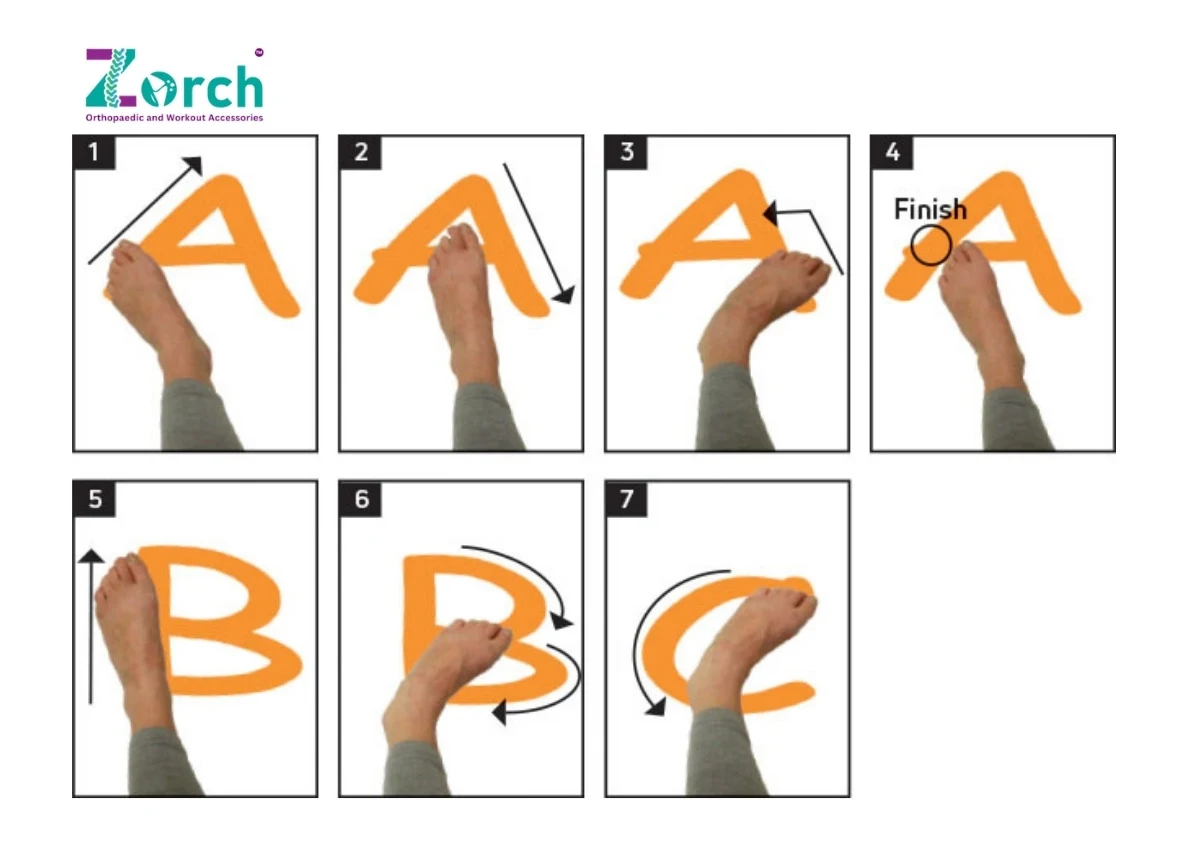
Recovery doesn’t have to be boring! With your leg extended, pretend to “draw” the alphabet with your big toe. This engages multiple muscles and ligaments around the ankle.
It’s particularly effective for people recovering from sprains or post-surgery stiffness.
5. Balance Training – Preventing Falls and Boosting Coordination
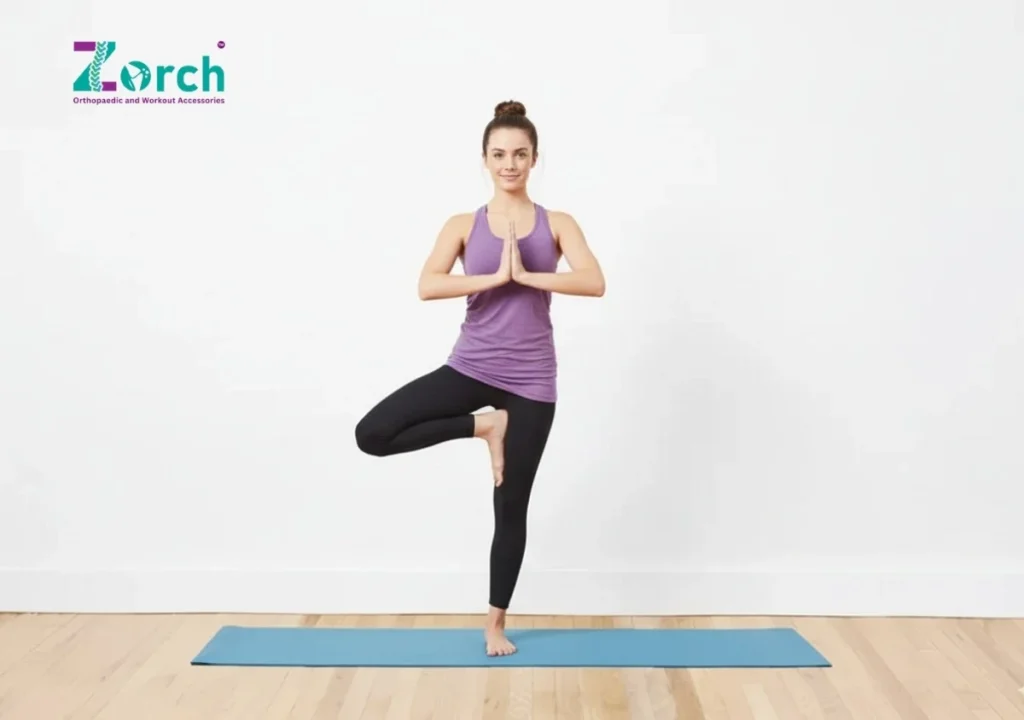
Balance is key to ankle health. Stand on one foot for 30 seconds, gradually increasing time. For extra challenge, try it with your eyes closed.
Not only does this improve ankle stability, but it also strengthens core muscles—supporting overall good body posture.
6. Toe Flex and Point Exercise – Strengthen Small Foot Muscles
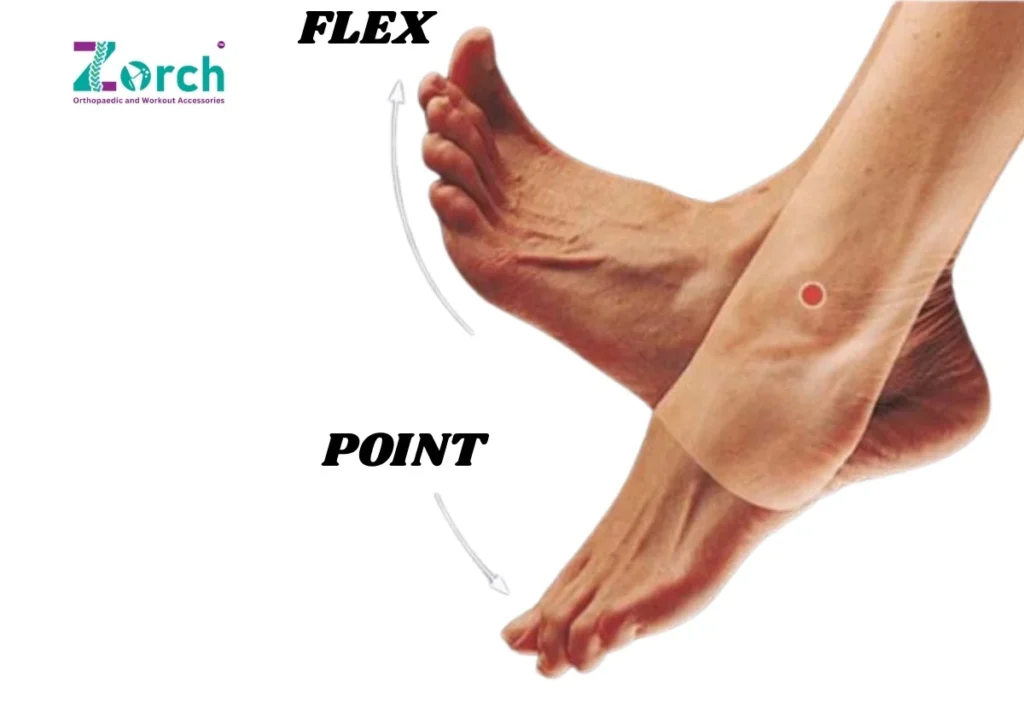
Tiny muscles around your toes and arch also play a role in ankle stability. Sit down, flex your toes upward, then point them downward. Repeat 15–20 times.
This exercise is especially useful for people exploring how to cure flat feet since weak arches often lead to ankle pain.
7. Ice Bottle Roll – DIY Ankle Swelling Treatment at Home
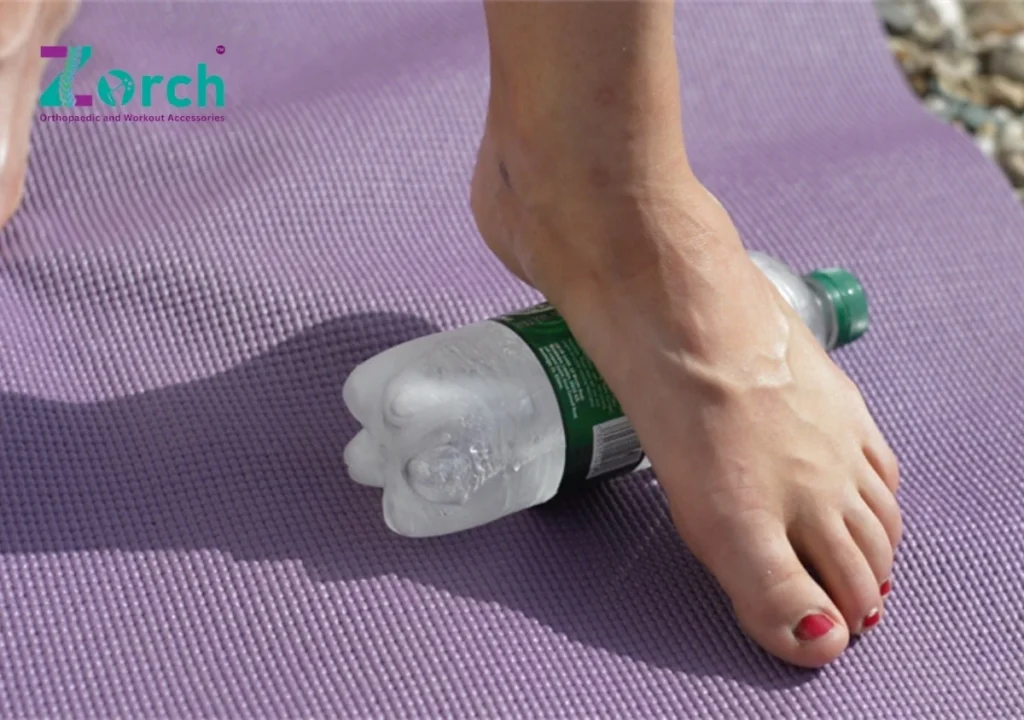
For those struggling with swelling, an easy hack is to freeze a water bottle and roll your foot over it. This provides cold therapy while gently massaging the sole and ankle.
It’s a perfect home-based ankle swelling treatment after long walks, workouts, or sprains.
8. Compression & Bracing – Using Ankle Binders and Sleeves
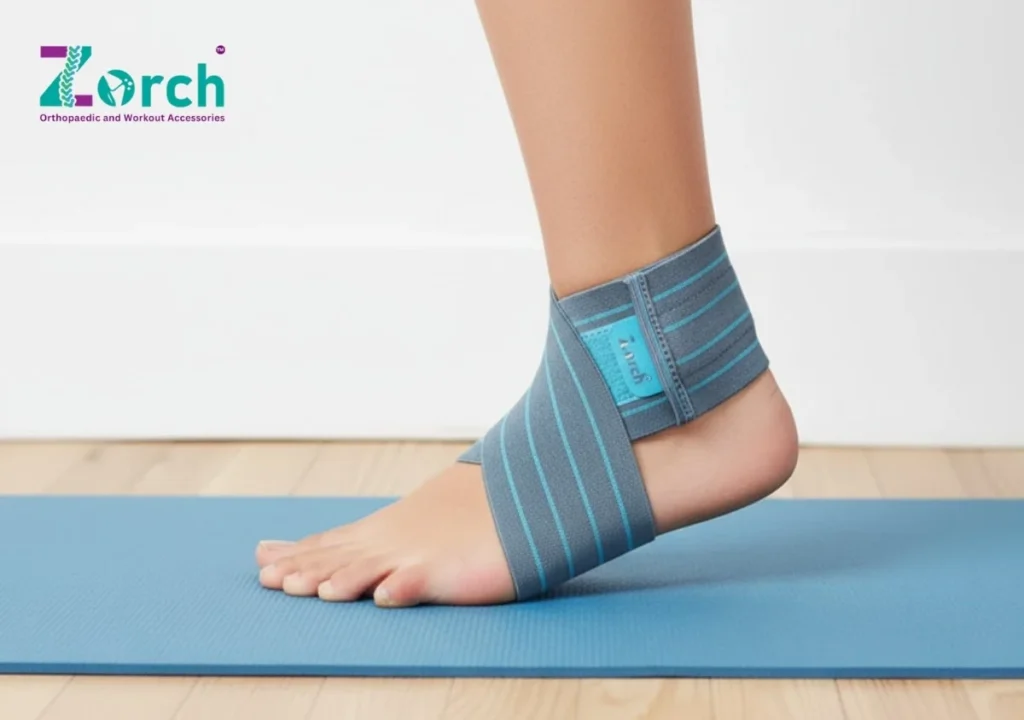
Exercises alone can’t always manage pain—sometimes support tools are essential. Compression sleeves, ankle braces, and binders help reduce swelling, provide stability, and prevent re-injury.
If you suffer frequent ankle sprains, these supports can give your joints the reinforcement they need.
Recommend Products
Zorch: Ankle Binder Plain Elastic
When to Seek Medical Attention for Ankle Pain
While these exercises help most people, you should see a doctor if:
- Pain lasts more than two weeks
- You notice extreme swelling or bruising
- Walking becomes difficult
- There’s a popping sound or sharp pain during movement
Persistent ankle pain could signal underlying issues beyond simple strain.
Additional Home Remedies for Ankle Swelling Treatment
Besides exercises, you can try:
- R.I.C.E. Method: Rest, Ice, Compression, Elevation
- Anti-inflammatory foods: Turmeric, ginger, leafy greens
- Epsom salt soak: Helps reduce soreness and swelling
According to a study published in the Journal of Orthopaedic & Sports Physical Therapy (JOSPT), consistent exercise therapy reduces ankle instability and speeds up recovery compared to rest alone (Source).
Preventing Ankle Pain: Lifestyle Tips for Long-Term Relief
- Wear Best Insoles with Arch Support to reduce stress on the ankle.
- Avoid prolonged standing in height increasing insoles without proper cushioning.
- Maintain a healthy weight to prevent extra strain.
- Strengthen supporting muscles to reduce both ankle and Reasons of Knee Pain in Young Age.
FAQs Ankle Pain Exercises & Treatments
How often should I do ankle pain exercises?
Most exercises can be done daily, but start with 10–15 minutes and gradually increase.
Can ankle swelling go away on its own?
Minor swelling often improves with rest and home care, but chronic swelling requires medical evaluation.
Are ankle braces safe to wear daily?
Yes, but don’t rely solely on them—combine with strengthening exercises for best results
Do insoles really help with ankle pain?
Yes, especially Best Insoles with Arch Support that correct foot alignment and reduce stress on ankles.
Can poor posture cause ankle pain?
Absolutely. Maintaining good body posture prevents misalignment that stresses ankles.
What’s the best quick relief for ankle swelling?
The R.I.C.E. method combined with compression sleeves and gentle stretching.
Conclusion: Healing Ankles with the Right Mix of Exercises & Support
Dealing with ankle pain can feel overwhelming, but the right approach makes recovery faster and long-lasting. From simple ankle pain exercises like heel raises and towel stretches to practical ankle swelling treatment methods like ice bottle rolling and compression, you now have tools to heal naturally.
Pairing these routines with good footwear, insoles, and lifestyle habits ensures not just recovery but prevention. Remember: strong ankles mean a stronger, pain-free you.

